Articles of interest for Ruby on Rails
Displaying articles 51 - 75 of 266 in totalArticle Sources
-


Using Bootstrap Themes
Bootstrap Themes can be difficult to incorporate into a Ruby on Rails applications. In this episode, we look adding Bootstrap and a Bootstrap theme into our Rails 6 application.
Published:
-


Creating a Rack Middleware
Rack provides a minimal, modular, and adaptable interface for developing web applications in Ruby. In this episode, we create and insert our own Rack Middleware into a Rails 6 application.
Published:
-


Plugging in AnyCable
ActionCable can handle quite a bit of traffic, but it gets to a point where it can become a burden on the server. With AnyCable, we can not only handle more traffic, but it is also lighter on the resources.
Published:
-


Website Accessibility
In this episode, we add Bootstrap into a Rails 6 application and look at various aspects of website accessibility.
Published:
-
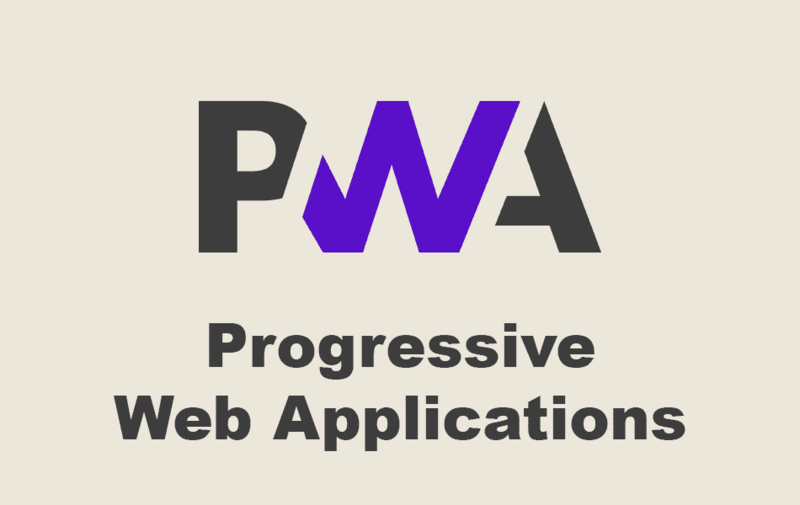

Progressive Web Applications
Progressive Web Applications (PWA) are web applications that are regular web pages or websites, but can appear to the user like traditional applications or native mobile applications. In this episode, we add this functionality to a Rails 6 application.
Published:
-


Polling with StimulusJS
Sometimes an old techniques with a modern twist can not only solve the problems at hand, but can also simplify the application's architecture.
Published:
-


Ruby on Rails Tips and Tricks
Ruby and Ruby on Rails tricks from, dot files, operators, bundling, StimulusJS and more.
Published:
-
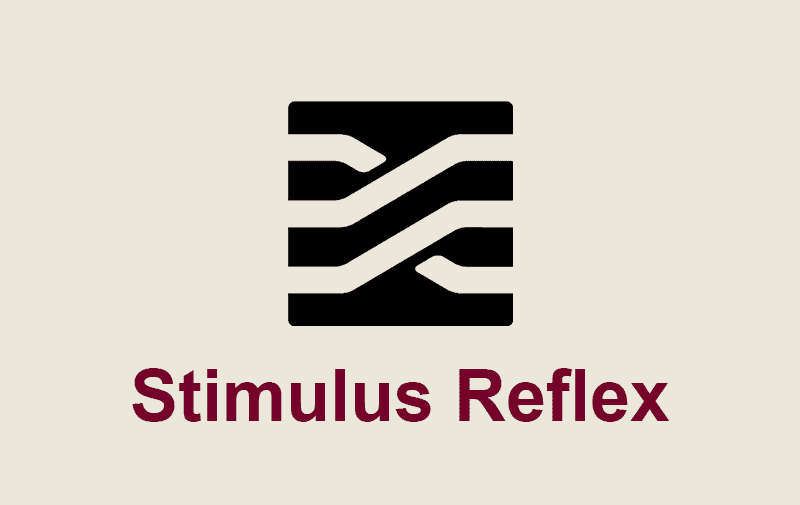

Reactive Applications with Stimulus Reflex
Create Reactive and Single Page Application like with no javascript or with Stimulus Controllers.
Published:
-
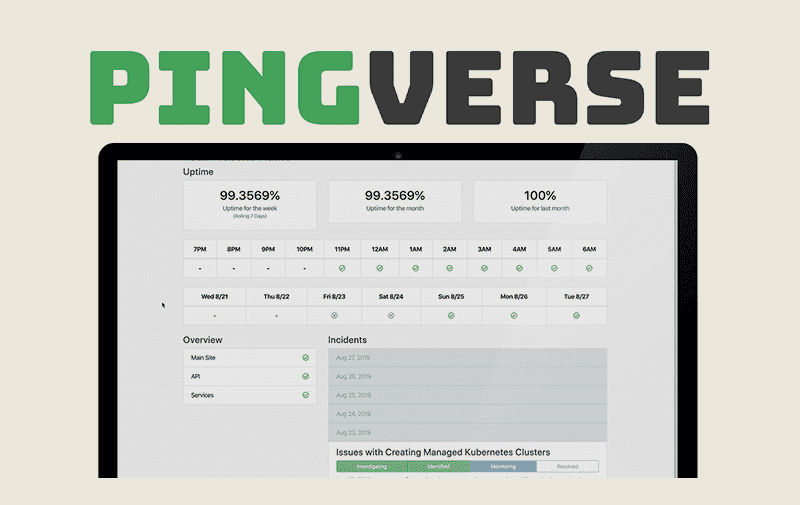

Creating Health Checks
Health Checks are an important part of monitoring an application's health. However, a simple status response may not be sufficient. In this episode, we look at creating a health check which monitors some dependencies of a Rails application.
Published:
-
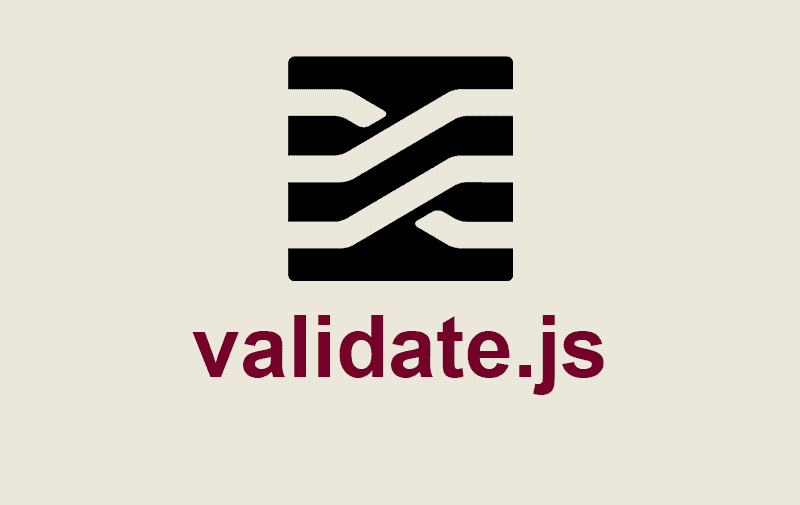

Client Side Validation with StimulusJS
Give clients quick feedback on form validation errors with ValidateJS and StimulusJS.
Published:
-
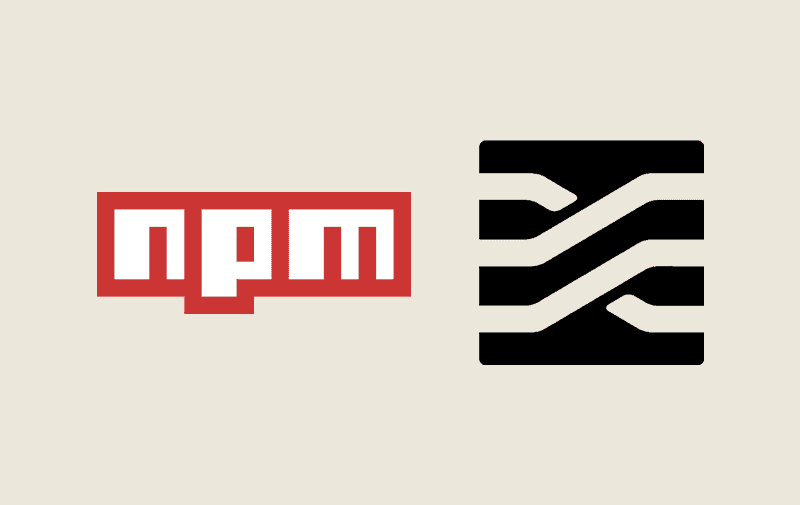

Creating and Publishing a Stimulus Controller Library
In this episode, we create a public StimulusJS Controller and publish it to NPM to that it can be shared and reused in other applications.
Published:
-


Push Notifications with ActionCable
In this episode, we look into using Push Notifications within our Rails application and then using ActionCable to broadcast Push Notifications to the user.
Published:
-
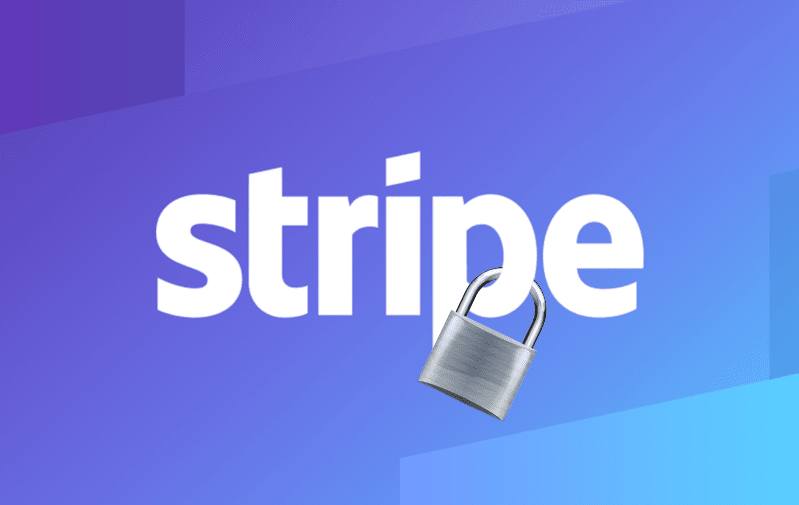

3D Secure 2 Credit Cards and Stripe Checkout
Banks which require further authentication on transactions may decline charges if Strong Customer Authentication is not being performed on 3D Secure enabled Credit Cards. In this episode, we look at adding Stripe Checkout and webhooks to our Rails application.
Published:
-


AWS Security Groups and Deploying Rails 6 to Beanstalk
Back in Episode #106, we configured and deployed to a very simple AWS Beanstalk environment. However, in this episode, we take things a bit further and explore security groups, an existing database and redis service. Also, there are a few changes that we have to do in order to get Rails 6 working within Beanstalk.
Published:
-


SweetAlerts in Rails 6
Sometimes adding a javascript library can be difficult because either it's not a straightforward process or some of the blog articles are either outdated or don't work properly. In this episode, we look at adding SweetAlerts into a Rails 6 application with Webpacker.
Published:
-


Working with Large Data
When database tables get large, things can slow down significantly. In this episode, we look at a few things which helps keep databases performant and the client side responsive.
Published:
-
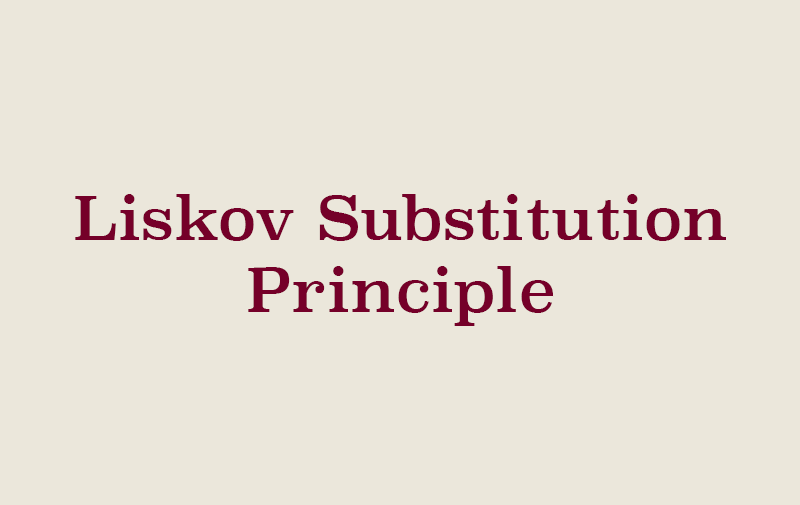

SOLID - Liskov Substitution Principle
In this episode, we look at the Liskov Substitution Principle. If S is a subtype of T, then objects of type T may be replaced with objects of type S without altering any of the desirable properties of the program.
Published:
-
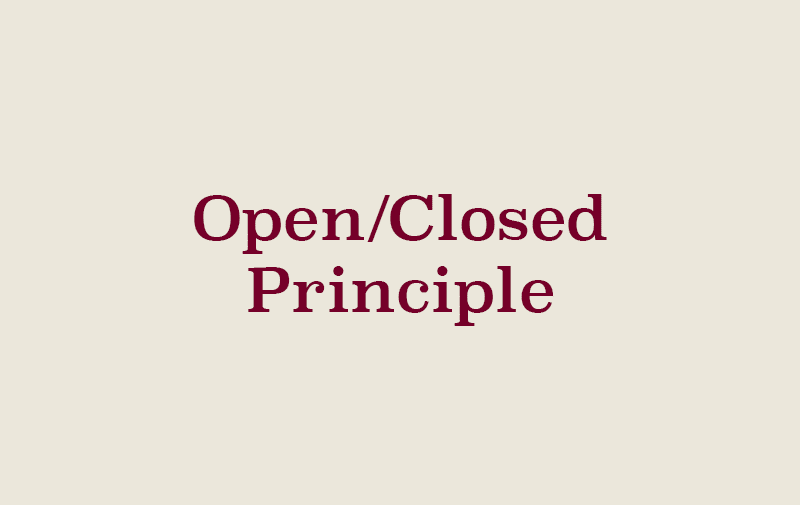

SOLID - Open/Closed Principle
Open/Closed principle states "software entities (classes, modules, functions, etc.) should be open for extension, but closed for modification"; that is, such an entity can allow its behaviour to be extended without modifying its code.
Published:
-


SOLID - Single Responsibility Principle
A class should only have a single responsibility, that is, only changes to one part of the software's specification should be able to affect the specification of the class.
Published:
-


Introduction to Dragon Ruby
Dragon Ruby is toolchain that allows developers the ability to build apps and games in Ruby.
Published:
-


ViewComponent in Rails
The ViewComponent library will provide a new way for creating reusable and testable view components.
Published:
-


Thredded Forum
Thredded is a Rails 4.2+ forum/messageboard engine. Its goal is to be as simple and feature rich as possible.
Published:
-


Teaching at Bootcamps with Ed Toro
Ed Toro speaks to his experience at bootcamps from a teacher's perspective. We gain a different perspective of what bootcamps are like. Ed shares valuable information whether you're considering getting into coding or currently at a bootcamp.
Published:
-


Environment Specific Encrypted Credentials in Rails 5.2
A more simplief and better retake of Episode #123 where we look at the upcoming Rails 6 changes with encrypted credentials and how to apply it to a Rails 5.2 application.
Published:
-


Persistent Referral Links with Devise
In this episode we create a referral system with permanent links. Users can sign up with referral links which tracks the relationship between the referer and the person referred.
Published:
